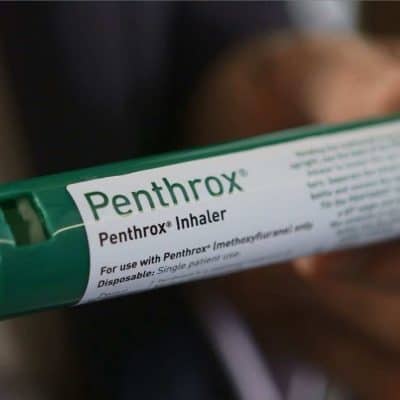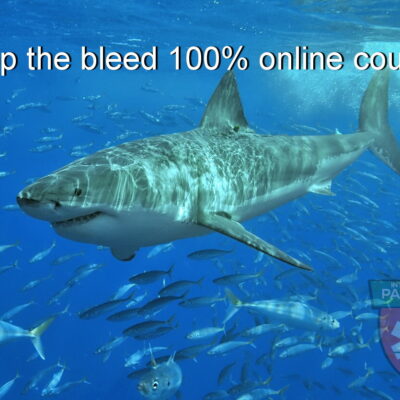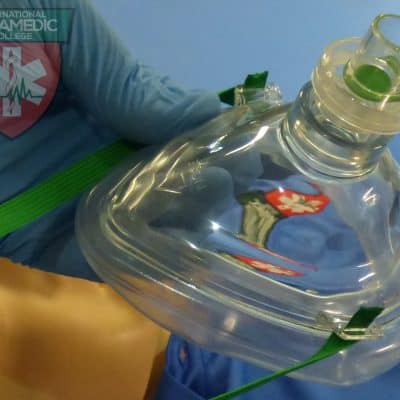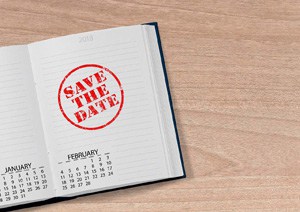Survival medicine guidelines – 10 lifesaving first aid skills
 What lifesaving first aid or remote survival medicine skills, remote first aid or essential first aid skills are necessary for those who want to be medically prepared for any disaster or emergency event where help is NOT on the way or may be delayed by storm, weather conditions, natural or man made disasters. We have compiled a list, in no particular order, of what we believe are the 10 most valuable first aid skills to enable you to survive until help arrives or you can get to definitive care at a hospital. Keep on reading
What lifesaving first aid or remote survival medicine skills, remote first aid or essential first aid skills are necessary for those who want to be medically prepared for any disaster or emergency event where help is NOT on the way or may be delayed by storm, weather conditions, natural or man made disasters. We have compiled a list, in no particular order, of what we believe are the 10 most valuable first aid skills to enable you to survive until help arrives or you can get to definitive care at a hospital. Keep on reading
1. How to use a AED Automated External Defibrillator
 AED Drones may provide a way to get an AED to a patient in Sudden Cardiac Arrest (SCA) quickly in the future, but now the Australian Resuscitation Council guidelines state that “the time to defibrillation is a key factor that influences survival. For every minute defibrillation is delayed, there is approximately 10% reduction in survival if the victim is in cardiac arrest due to Ventricular Fibrillation (VF)”. CPR alone will not save a person in VF”. (ARC Guideline 7)
AED Drones may provide a way to get an AED to a patient in Sudden Cardiac Arrest (SCA) quickly in the future, but now the Australian Resuscitation Council guidelines state that “the time to defibrillation is a key factor that influences survival. For every minute defibrillation is delayed, there is approximately 10% reduction in survival if the victim is in cardiac arrest due to Ventricular Fibrillation (VF)”. CPR alone will not save a person in VF”. (ARC Guideline 7)
So a defibrillator or AED should be part of your kit and should be applied to a person in SCA as soon as it becomes available. AEDs are now a readily available and easy to purchase item that is an essential part of any First Aid Kit or First Aid Supplies that individuals or companies can provide that just may help you survive a sudden cardiac event.
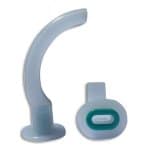 2. How To manage an Unconscious patient and provide them with an Airway
2. How To manage an Unconscious patient and provide them with an Airway
No airway equals dead, providing a patient with a clear airway is a vital first aid skill. When a patient is unconscious all their muscles relax and it is easy for the tongue to occlude the airway. They are unable to cough or swallow any foreign material so the foreign material may enter the lungs. Care of the airway of an unconscious person takes precedent over any injury. Learning the correct way to posture a patient and monitor the airway is lifesaving.
3.Controlling life threatening bleeding
 We only have so much blood in our bodies, once it’s gone we can’t get oxygen to the cells and we die. In essence, hypovolaemic shock from traumatic life threatening hemorrhage needs immediate first aid attention. That requires stopping arterial bleeding with direct or indirect pressure. An Emergency Bandage or Tourniquet may be required to stem arterial bleeding so you can survive until help arrives.
We only have so much blood in our bodies, once it’s gone we can’t get oxygen to the cells and we die. In essence, hypovolaemic shock from traumatic life threatening hemorrhage needs immediate first aid attention. That requires stopping arterial bleeding with direct or indirect pressure. An Emergency Bandage or Tourniquet may be required to stem arterial bleeding so you can survive until help arrives.
4. Recognising the potential in a head injury
 Recognising that a blow to the head is serious and need need medical attention. Often head injuries are not given the respect they deserve. Blows to the head can rattle the brain and any bruising and swelling. Traumatic brain injury (TBI) is a major cause of death world wide. Early recognition of the symptoms and prompt management are the key to survival. A brain injury should be suspected in all head injuries, especially if there is an loss of consciousness.
Recognising that a blow to the head is serious and need need medical attention. Often head injuries are not given the respect they deserve. Blows to the head can rattle the brain and any bruising and swelling. Traumatic brain injury (TBI) is a major cause of death world wide. Early recognition of the symptoms and prompt management are the key to survival. A brain injury should be suspected in all head injuries, especially if there is an loss of consciousness.
5.Cooling burns

Immediate cooling of a burn with cool running water helps with the pain but it can achieve so much more.
Australian burns specialist Fiona Woods recently had a few words to say in the Perth Sunday Times on how first aid can dramatically alter the outcome for a patient.
Cooling a burn wound with clean cool running water between 15 and 18 degrees for 20 minutes within one hour of injury for a paediatric scold will change both the health budget and that persons life. She gives a vivid picture of how life changing this can be when she says “You will change that person from one that needs surgical intervention, pressure garments, reconstructive surgery as a 16 year old, to one that doesn’t need any after the first three months”.
6. Splinting Fractures
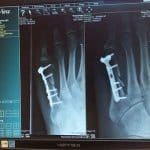 Pain, tenderness, deformity and loss of function can all be signs of a fracture. Immobilising the fracture to stop it from moving and creating further damage to the surrounding tissues has been a factor in the first aid management of fractures. Fractures to the upper leg can cause significant internal bleeding which may lead to hypovolaemic shock. Wounds around fracture sites will also need to be treated. It can be difficult for a first aider to tell whether the injury is a fracture, dislocation, sprain or strain. X-ray is often the only way. If you are in doubt, always treat the injury as a fracture and remember, you should not attempt to force a fracture or dislocation back into place.
Pain, tenderness, deformity and loss of function can all be signs of a fracture. Immobilising the fracture to stop it from moving and creating further damage to the surrounding tissues has been a factor in the first aid management of fractures. Fractures to the upper leg can cause significant internal bleeding which may lead to hypovolaemic shock. Wounds around fracture sites will also need to be treated. It can be difficult for a first aider to tell whether the injury is a fracture, dislocation, sprain or strain. X-ray is often the only way. If you are in doubt, always treat the injury as a fracture and remember, you should not attempt to force a fracture or dislocation back into place.
7. Recognising warning signs of stroke
 Stoke is an interruption of blood flow to the brain. Early recognition of stroke symptoms with simple screening tools to help you remember the signs of a stroke like FAST which is critical for ensuring optimal outcomes for patients with suspected stroke. Educating yourself about the warning signs and facts of stroke can be done with this interactive module from the stoke foundation here .
Stoke is an interruption of blood flow to the brain. Early recognition of stroke symptoms with simple screening tools to help you remember the signs of a stroke like FAST which is critical for ensuring optimal outcomes for patients with suspected stroke. Educating yourself about the warning signs and facts of stroke can be done with this interactive module from the stoke foundation here .
Remember F.A.S.T.
Facial weakness – can the person smile? Has their mouth or eye drooped?
Arm weakness – can the person raise both arms?
Speech difficulty – can the person speak clearly and understand what you say?
Time to act fast – seek medical attention immediately – Call for an ambulance.
8. Treating chest pain as a heart attack until proven otherwise
Current treatments for heart attacks like clot dissolving drugs that clear blocked arteries are most effective if used as soon as possible after the onset of any symptoms. that is why we say any chest pain is a heart attack until proven otherwise. The problem is in getting you to seek help. When we have a pain in our chest we often want to convince ourselves it is anything but or heart. Call for help early is the best thing you can do, place yourself at rest and reduce the workload of the heart until help arrives.
9. Treating venomous bites and stings
 Most snake and spider bites occur on the arms in Australia. The Australian Venom Research Units (AVRU) recent snake bite fact sheet recommends the use of Setopress High Compression bandages when applying the Pressure Immobilisation Technique. You can download the latest snake bite fact sheet here
Most snake and spider bites occur on the arms in Australia. The Australian Venom Research Units (AVRU) recent snake bite fact sheet recommends the use of Setopress High Compression bandages when applying the Pressure Immobilisation Technique. You can download the latest snake bite fact sheet here
10. Managing Yourself
The hardest thing to do is manage yourself. If your duress response is one of stress you have to have techniques to help calm you down. If you can keep yourself calm and think logically, first aid is a really logical thing. You have to be able to get it from the head to the hands, first aid is common sense, step back take a deep breath, nobody dies because you take a deep breath. Treat what you see and don’t become overwhelmed by it. A little preparation makes all the difference when you are under the pump. Try a First Aid Course and our “25 essentials first aid kit” from our Facebook shop as part of your bug out plan, SHTF or Prepper strategy.

